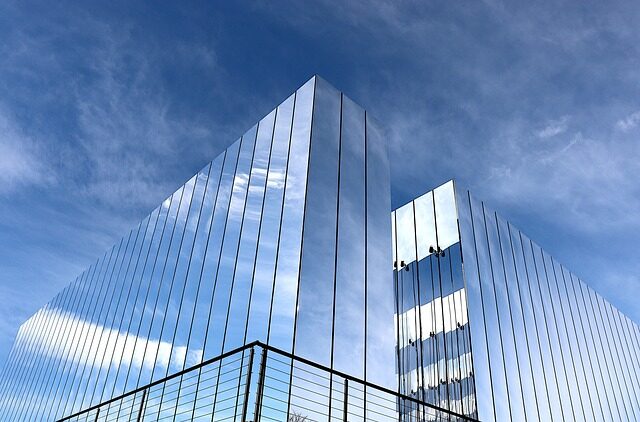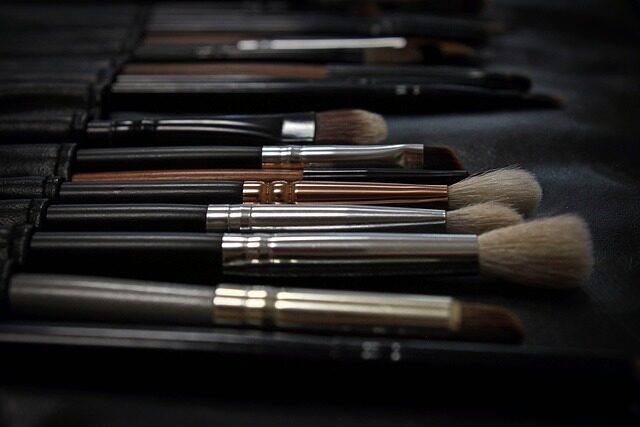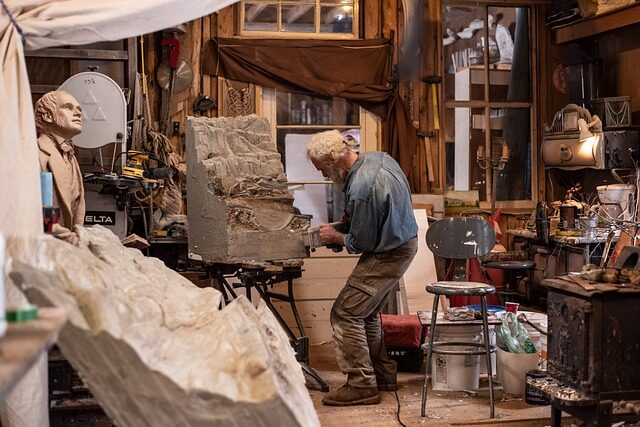Icelandic Visual Artists: A Comprehensive Guide to Their Impact and Legacy
The story of Icelandic visual artists is one of profound creativity and enduring influence. From the land shaped by fire and ice, these artists have produced works that speak to both the heart and the imagination, merging ancient narratives with contemporary insights.
As we delve into the world of Icelandic visual arts, we encounter a tapestry of expression that uniquely captures the spirit of this Nordic island nation. The following guide explores the artists, themes, and influences that define this vibrant artistic community.
- Exploring the rich history of Icelandic visual artists
- Who are the most famous Icelandic visual artists?
- What are the key themes in Icelandic visual artists’ works?
- How has Iceland’s geography influenced its visual artists?
- What are the contributions of female Icelandic visual artists?
- Which modern Icelandic visual artists are making waves today?
- How do Icelandic visual artists reflect national identity?
- Exploring the rich history of Icelandic visual artists
- Who are the most famous Icelandic visual artists?
- What are the key themes in Icelandic visual artists’ works?
- How has Iceland’s geography influenced its visual artists?
- What are the contributions of female Icelandic visual artists?
- Which modern Icelandic visual artists are making waves today?
- How do Icelandic visual artists reflect national identity?
Exploring the rich history of Icelandic visual artists
The history of Icelandic art is a journey through time, recounting tales of struggle, beauty, and cultural evolution. Emerging from modest beginnings, the country’s visual arts scene has grown to command international respect.
Centuries-old traditions reflected in the landscapes and folklore of Iceland found their way onto the canvas, as artists sought to encapsulate the essence of their homeland. This quest for a national identity through art became evident in the early 20th century, with pioneers studying abroad and returning with newfound techniques and perspectives.
Icons like Ásgrímur Jónsson and Jóhannes Kjarval emerged, bridging the gap between classical and contemporary. Their influence, along with others, laid the groundwork for future generations of artists to explore and express their ties to Iceland’s enigmatic environment.
Who are the most famous Icelandic visual artists?
When discussing famous Icelandic painters, certain names stand out for their distinctive contributions and celebrated works.

Jóhannes Kjarval is often considered one of the most influential figures in Icelandic art history, known for his unique portrayal of the Icelandic landscape. Another key figure is Erró, whose eclectic and provocative pop art has garnered international attention.
The list of noteworthy artists continues with Ásmundur Sveinsson, whose sculptures reflect the robustness and resilience of Icelandic culture. Their collective legacies serve as beacons for aspiring artists within the Icelandic art scene and beyond.
What are the key themes in Icelandic visual artists’ works?
The art of Iceland is deeply connected to the island’s dramatic nature and rich mythology. Nature, identity, and mythology are recurrent themes, with artists often drawing inspiration from the stark contrasts of the landscape—from volcanic terrains to glacial vistas.
These themes are not mere backdrops but are intertwined with questions of human existence and cultural heritage. The isolation and extreme conditions of Iceland have fostered a unique perspective on life, which is reflected in the country’s art.
How has Iceland’s geography influenced its visual artists?
The geography of Iceland has had an indelible impact on its artists. The raw, untamed beauty of the land, with its otherworldly geysers, waterfalls, and rugged coastlines, serves as a potent muse for artistic expression.
This connection to the land is evident in the use of natural materials, the representation of the sublime in art, and the deep reverence for the environment. Iceland’s geography has become a canvas upon which artists project their deep-seated respect and wonder for the natural world.

What are the contributions of female Icelandic visual artists?
The contributions of female Icelandic visual artists have been significant, adding diverse voices and perspectives to the national art narrative. Pioneers like Nína Tryggvadóttir and Louisa Matthíasdóttir broke through gender barriers, carving a path for future generations of women in art.
Today, artists such as Gabríela Fridriksdóttir continue to push boundaries, exploring themes of femininity, power, and nature within their work. These contributions are indispensable in understanding the full spectrum of Icelandic visual art.
Which modern Icelandic visual artists are making waves today?
The current wave of modern Icelandic visual artists is as dynamic and diverse as ever. Ólafur Elíasson, renowned for his large-scale installations that often incorporate elements of light and the natural environment, has achieved considerable global success.
Ragnar Kjartansson is another prominent figure, known for his evocative performance art that explores beauty and repetition. Both artists, among others, demonstrate the continued evolution and relevance of Icelandic visual art in the global arena.
How do Icelandic visual artists reflect national identity?
Icelandic visual artists are instrumental in reflecting and shaping the national identity. Through their work, they navigate the complex interplay between Iceland’s storied past and its contemporary culture.
Artistic creations often serve as cultural touchstones that question, celebrate, and challenge what it means to be Icelandic. The landscapes, myths, and collective memory of Iceland are all deeply embedded in the nation’s artistic output, offering a window into the soul of the country.

As we consider the evolution and impact of Icelandic visual artists, it is clear that their work is not only a reflection of their homeland but also a significant contributor to the global art scene. Their ability to harness the unique qualities of Iceland’s geography and culture to create compelling, thought-provoking art is a testament to their enduring legacy.
To further explore the fascinating world of Icelandic visual arts, let’s take a look at a video showcasing the work of one of the contemporary artists making waves today:
The tapestry of Icelandic visual art continues to evolve, as artists old and new paint their stories upon the canvas of this unique and inspiring land. Their legacy is a mosaic of tradition and innovation, a continuing saga as boundless and captivating as Iceland itself.

